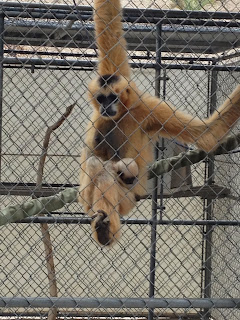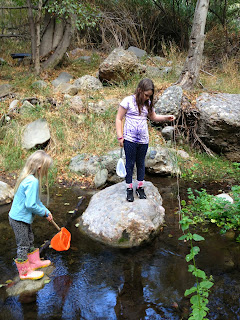Our group has recently learned that crayfish have been introduced to our region and are causing problems in the ecosystem. The light grey parts on the map below indicate the areas where crayfish occur naturally. The dark grey states are places where crayfish have been introduced by humans and are a problem for the habitat.
Homeschooling and a life of freedom, simplicity, and the richness of being alive.
Tuesday, November 26, 2013
Crayfish Hunting
Saturday, November 23, 2013
Art Class
Last month Nora Lee attended a free art class at the library. It was such a fulfilling experience for her that she asked to take art classes where she could really learn how to make forms look realistic. I found an incredible art studio near our house that teaches students fine art skills.
They begin by learning to draw and use colored pencils, then move on to pastels, water colors, acrylic paints and then oils. She gets to go at her own pace and is surrounded by youngsters just learning, like herself, as well as teens doing masterpieces. She is loving this experience! I can envision her working at this studio for years to come.
The pictures below were completely blank pieces of paper. Nora Lee drew the images and used colored pencil to fill them in. The art class provides her with the images she is replicating (she gets to choose from a pile) and they help her break down each shape - the eyes, the head, the ears, etc.
This process has allowed her to create really beautiful pieces. She has had three classes now and this is her work below.
 |
| This is from the last two classes |
 |
| From the first class |
Wednesday, November 20, 2013
Visiting the Gibbons
Today we went on a field trip to The Gibbon Conservation Center in Santa Clarita, about half an hour north from our house. This center houses the rarest group of apes in the Western Hemisphere and has successfully reproduced 7 gibbon species (out of 17 that exist).
One species of gibbon has only 20 animals left in the wild and will soon become extinct. This species is too small to be taken into captivity and bred because the genetics are not diverse enough to continue the blood line in a healthy way.
The goal of the Gibbon Conservation Center is to work with other centers throughout the world to help gibbons reproduce and to treat them in a way that would allow them to thrive if ever put back into the wild again.
Corporations that are clearing forests around the world are destroying gibbon's natural habitats and are largely responsible (if not completely) for them becoming endangered.
 |
| The center's oldest gibbon at 40 years |
 |
| This mama had her baby 2 weeks ago |
 |
| She would swing all over the enclosure with her baby hanging onto her belly. |
Camping in Joshua Tree
Subscribe to:
Comments (Atom)
























































